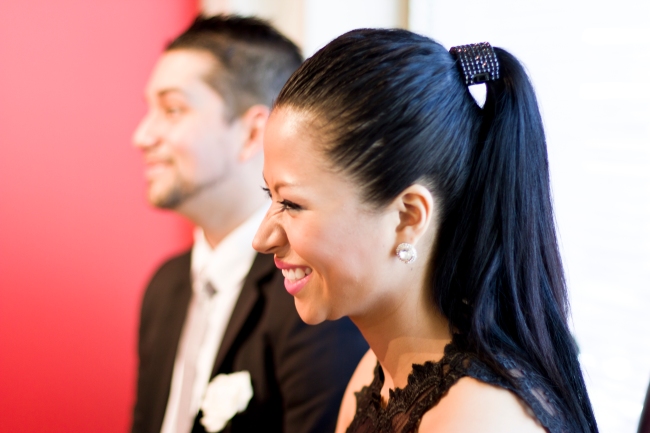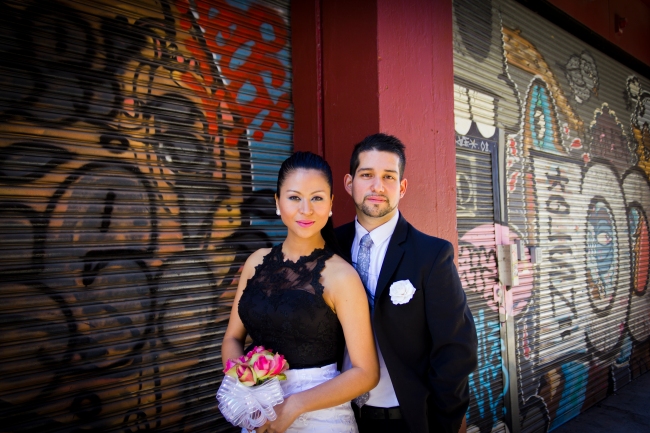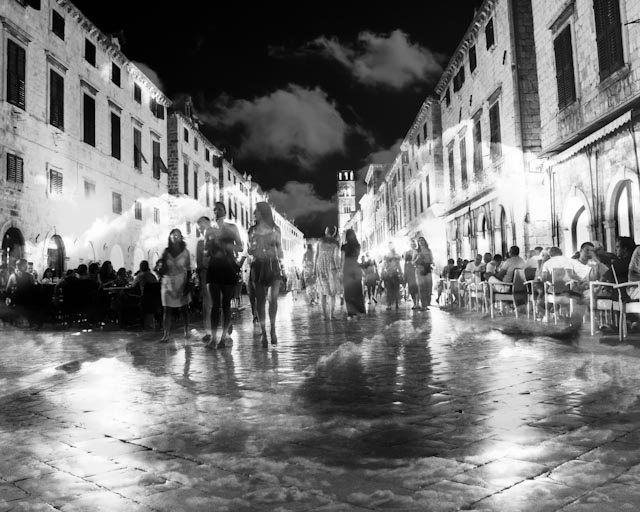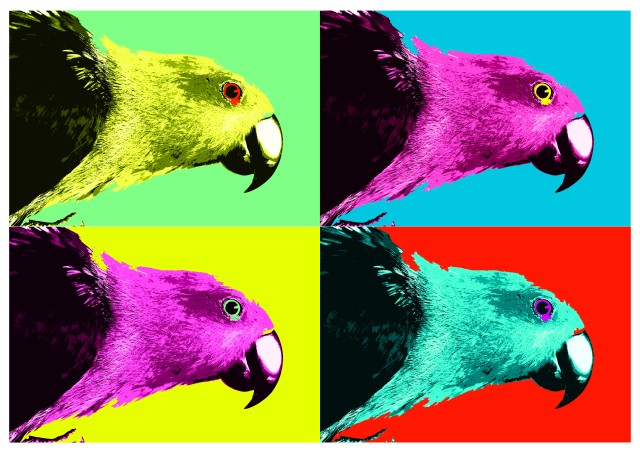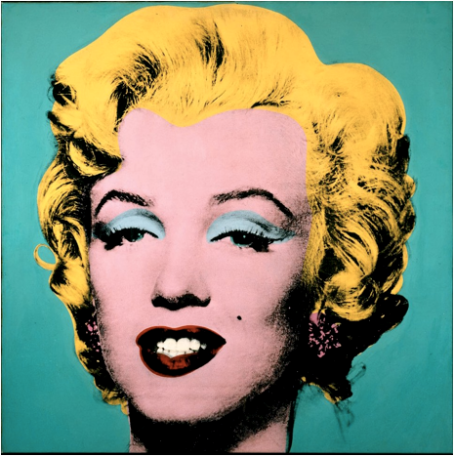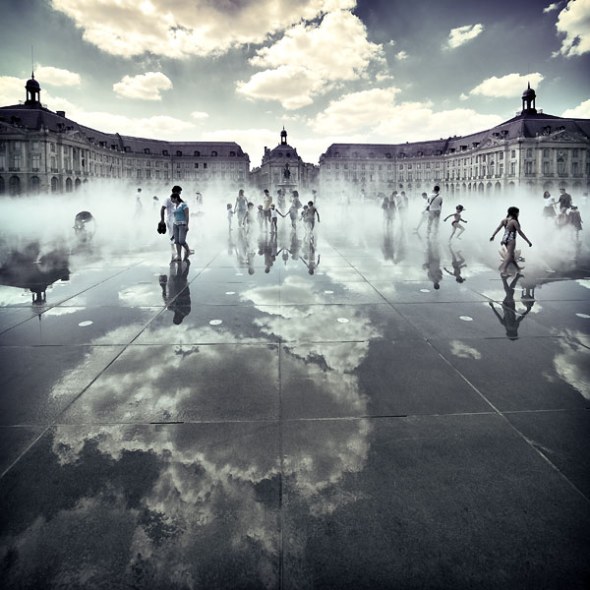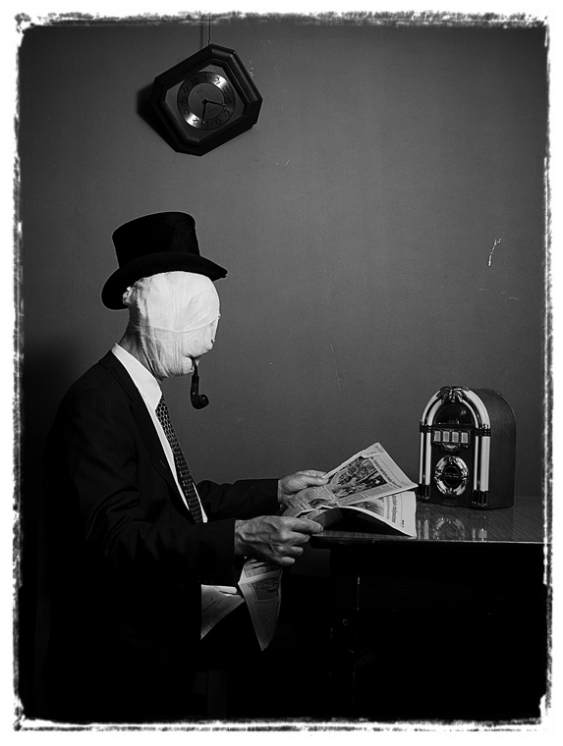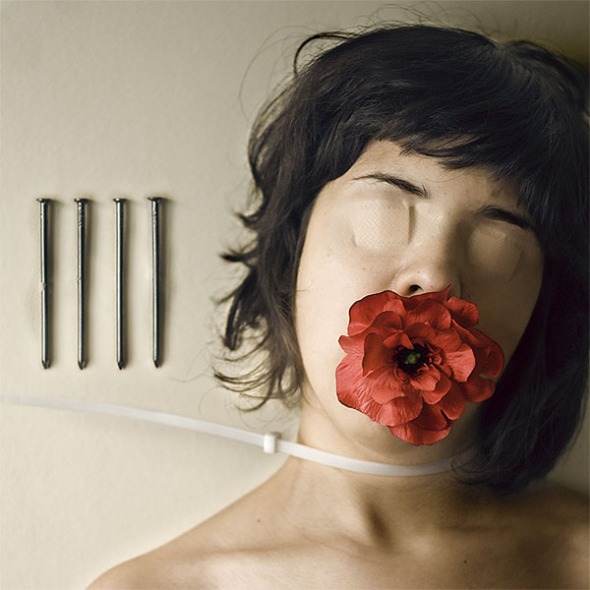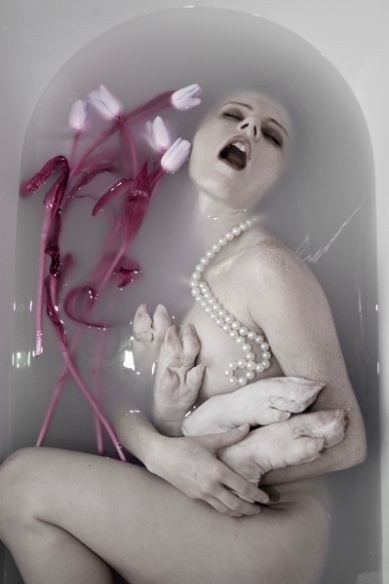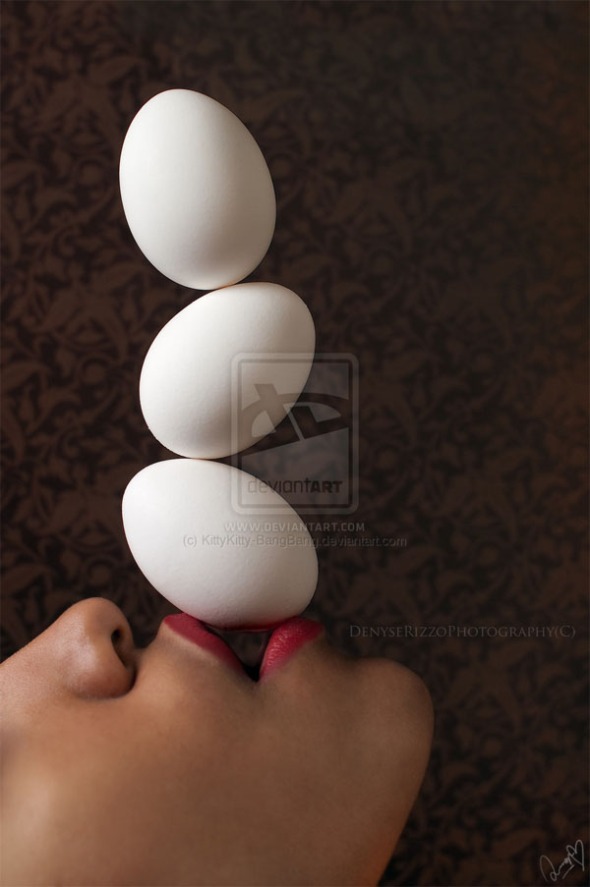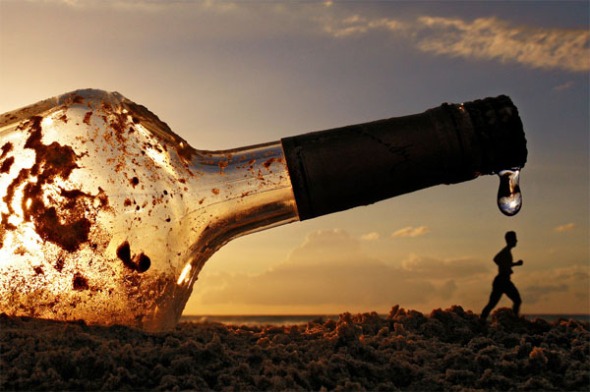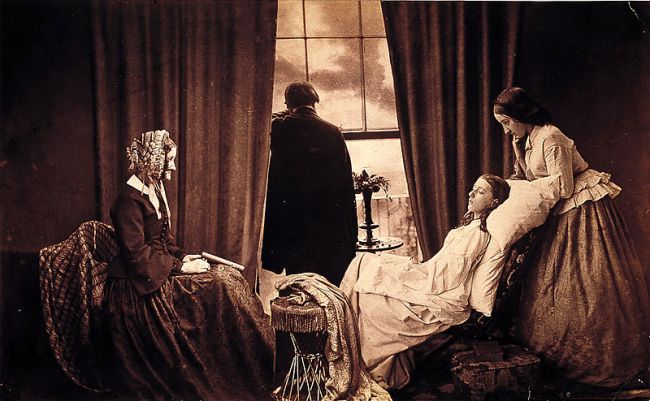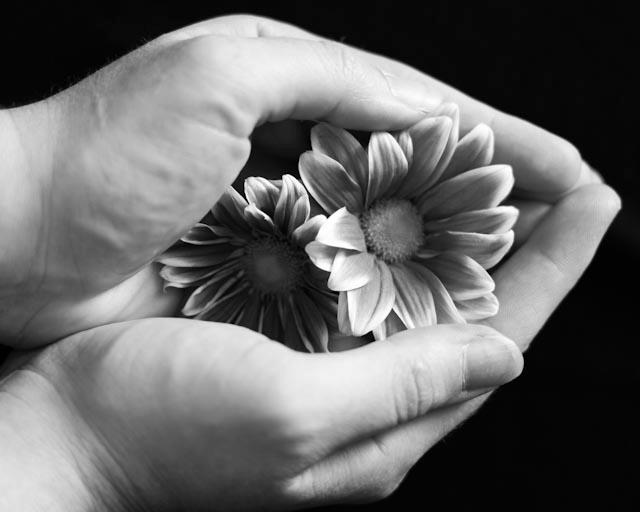Shooting a wedding!
This is my favourite area of photography!
Here is a list of must-have shots for a wedding!
Getting Ready
► Wedding dress on a hanger
► Wedding invitation
► Engagement ring and wedding bands
► Bride and bridesmaids’ bouquets
► Bride’s jewelry
► Bride applying makeup
► Bridesmaids and/or mother of the bride helping the bride into her dress
► Putting on the veil
► Groom tying his tie
► Groom pinning boutonniere on his father
► Father pinning boutonniere on the groom
► Leaving for the ceremony
Before the Bride and Groom See Each Other
► Bride alone
► Bride with mom and dad
► Bride with dad
► Bride with mom
► Bride with immediate family
► Bride with siblings
► Generational shot: Bride, mom, sister(s), grandmother
► Bride with mom and mother-in-law
► Bride with mother-in-law
► Bride with bridesmaids
► Bride with maid of honor
► Bride with flower girl(s)
► Groom alone
► Groom with mom and dad
► Groom with dad
► Groom with mom
► Groom with immediate family
► Groom with siblings
► Generational shot: Groom, father, brother(s), grandfather
► Groom with father and father-in-law
► Groom with father-in-law
► Groom with groomsmen
► Groom with best man
► Groom with ring bearer(s)
Photos Together
► Bride and groom
► Bride, groom, bride’s immediate family
► Bride, groom, bride’s parents
► Bride, groom, groom’s immediate family
► Bride, groom, groom’s parents
► Bride, groom, both sets of parents
► Bride, groom, both immediate families
► Bride, groom, siblings
► Bride, groom, all grandparents
► Bride, groom, each grandparent (or set of grandparents)
► Bride and groom with extended families
► Bride, groom, maid of honor, best man
► Bride, groom, flower girl, ring bearer
► Bride with groomsmen
► Groom with bridesmaids
► Bride, groom, full wedding party (check out some fun ideas!)
Important Moments
► The first look
► Room shots at ceremony
► Wedding party and parents walking down the aisle
► Bride walking down the aisle
► Groom’s face as he waits/sees her
► The vows
► Close-up of the exchange of rings
► The first kiss as husband and wife
► The recessional
► Ketubah signing and/or signing of marriage certificate
► Room shots at reception
► Close-up of seating-card display
► Close-up of centerpieces
► Reception entrance
► The first dance
► Father/daughter dance
► Mother/son dance
► The toasts
► The cake cutting
► Bouquet and garter toss
► Parents of bride dancing
► Parents of groom dancing
► Couple’s departure
Must-have Equipment:
16-35mm f2.8/f4: event and group shots
24-70mm f2.8/f4: capturing details, reception, close ups
70-200mm f2.8/f4
At least 2 camera bodies, memory cards, flash (use sparingly at reception), reflectors etc.
Some examples of beautiful wedding photography:




